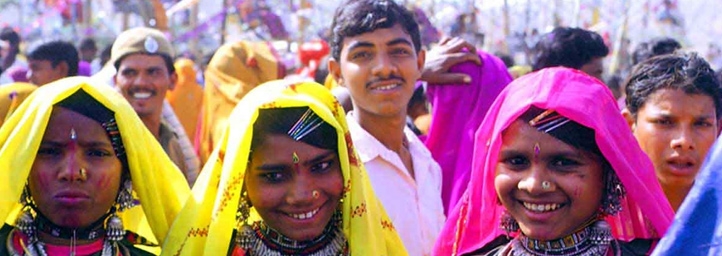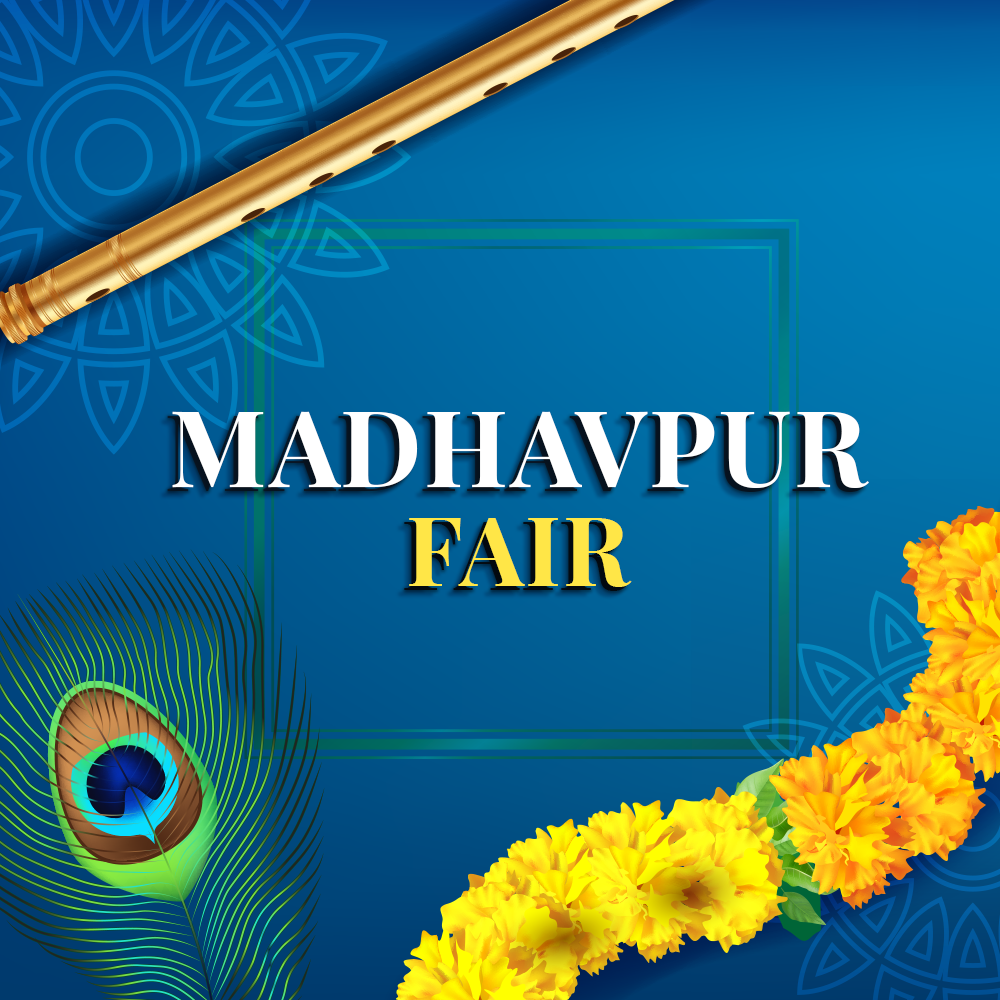At a glance
The festival begins on the eve of the new moon when the women gather at the river and mourn for their dead through the night. The next day the fair sets off with a generous splashing of dazzling colors and drumming.
The tribal men’s costume generally consists of a blue shirt, dhoti and a red or saffron fenta or turban. The woman don ghagharas which have a circumference of as much as 20 yards, and are covered from head to feet with ornate and heavy silver jewellery, and sometime also beautifully knitted rafia jewellery made from pale yellow or dyed crimson grass. They also use liquid kumkum or vermilion to color their cheeks and lips a brilliant red, while their eyes are outlined vibrantly with kajal.
Every group visiting the fair carries its own drum, so that the atmosphere comes alive with a nonstop beat of drumming. The women sing folk songs in shrill choruses, and everyone dances near the main temple. Over a hundred stalls hold food and drink, and sweets of various kinds. Silver ornaments and household items are out for sale. There is also a giant wheel and a merry-go-round. The dancing and drumming continue for hours until everyone is left exhausted.

When
The fair is held a fortnight after Holi, around the month of March-April. It starts on the eve of the new moon (called Amavas), the time when the wheat crop is ready for harvest.
Where
Sabarkantha District, Khed Brahma Taluka.
Each year the Chitra Vichitra Fair plays itself out within the limits of the village Gunbhakhari in the border area of the Sabarkantha district adjoining Rajasthan, 32 kms away from the nearest railway station of Khed Brahma. The main temple of the fair is situated on a picturesque site called the Triveni Sangam, the sacred confluence of the three rivers Sabarmati, Akul and Vyakul, amid the foothills of the Aravalis.
Interesting facts
This fair is also a great opportunity for tribal men to meet prospective partners for marriage. Numerous couples have been known to elope directly from the fair site.
History
The name of the fair is derived from two brothers Chitravirya and Vichitravirya, sons of King Shantanu, and step brothers of Bhishma, from the story of the Mahabharata. There is a belief that they had settled here and were cured of their diseases by the waters of this site.
Not far from here is Khed Brahma 30 kms where one may visit the temple of Brahma, one of the few in India. The nearest major town is Mehsana, 133 kms while Ahmedabad too is within easy motorable distance.
Event calendar for the next five years
| Year | Date |
|---|---|
| 2021 | 27-04-2021 |
| 2022 | 04-04-2022 |
| 2023 | 22-04-2023 |
| 2024 | 11-04-2024 |
Disclaimer: You are requested to check the exact dates with Gujarat Tourism office before finalising your travel plans for this festival.
Who Comes
The fair is one of the most important fairs of the Adivasis in the region, and attracts about 60,000 people, most of them hailing from the Garasia and Bhil communities. People from many far away and distant villages arrive on every imaginable mode of transport, ranging from jeeps to camel carts. The fair is so popular that in 25 to 30 surrounding villages all the houses are deserted for the duration of the fair as every able-bodied person visits it. People come a day or two in advance in large groups and encamp under the banyan trees on the riverside. They spend the night under the sky by the side of small bonfires.
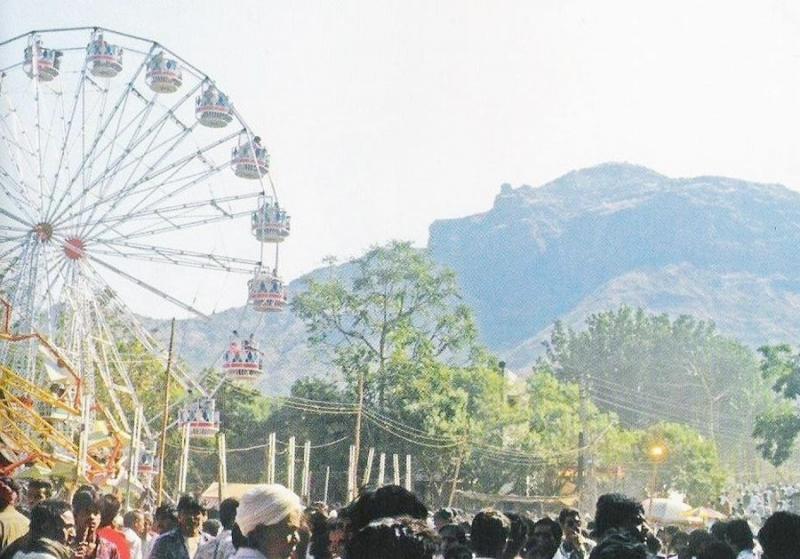
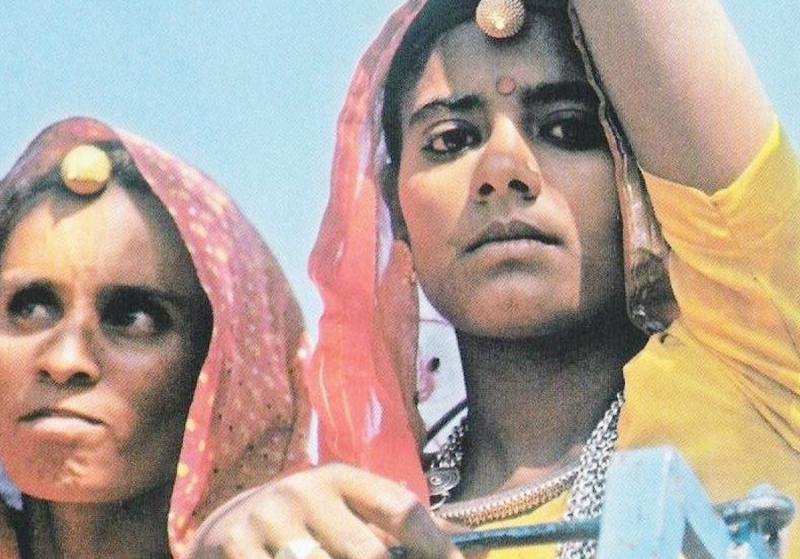

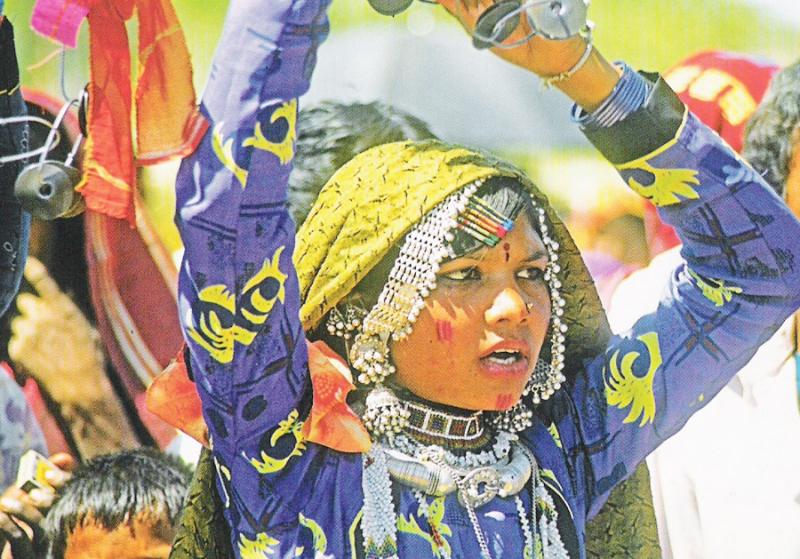
Madhavpur Fair
Madhavpur Fair
Madhavpur Ghed, a small but culturally significant village, is the place where, according to folklore, Lord Krishna married Rukmini, the daughter of King Bhishmaka. Madhavpur lies on the seashore, close to Porbandar. A 15th century Madhavrai temple marks the site.
- Madhavpur
- 10th April (on Every Year)

